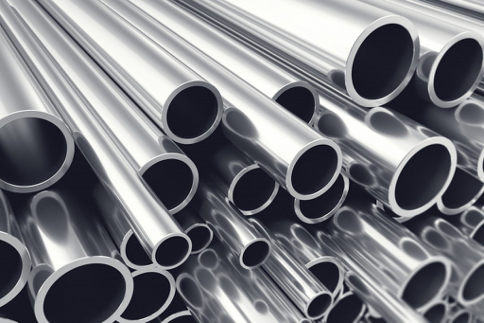
This week, we are going to be talking about stainless steel cookware. Stainless is supposed to be one of the best and safest forms of cookware, but it all depends on its quality. So how do you know the quality of stainless steel? How can you test for its quality? We will find out in this write-up.
So, let’s start with its magnetic features.
WHAT’S THE DEAL WITH MAGNETIC STAINLESS STEEL?
The theory of the “magnet test,” is sort of this rumor going around in which you’re supposed to test the quality of the stainless steel with a magnet. What this tests for is whether or not the steel is austenitic or made of a metal alloy containing chromium and nickel.
There are three main types of structures in stainless steel—austenite, ferrite, and martensite. When you see stainless steel labeled as 18/8 or 18/10 this tells you how much chromium and nickel are in the steel. The first number indicates 18% chromium, and the second 8% or 10% nickel. The nickel is the key to forming austenite stainless steel. Both the 18/8 and 18/10 are therefore austenitic.
How do you know if your stainless is high quality?
Well, unless you’re an expert in metallurgy, and go inspect the factory where the steel is made to see whether or not their manufacturing process creates a pure austenite without corrosive materials formed, you’re not going to know for sure whether or not the craftsmanship of your stainless is of the highest quality. I think the best to do is to simply buy high-quality stainless steel from the start, from a brand with a reputation for good quality.
The Vinegar Test
I read that you can test the steel’s quality by boiling some water with a tablespoon of baking soda in the pan for a few minutes. If the water has a metallic taste, then the steel is reactive and of lesser-quality.
But from what I’ve learned about stainless steel, my understanding was that it’s the acidic foods you have to worry about when it comes to any leaching from stainless steel. And baking soda is alkaline. So, I decided to do a little science experiment and try a different test!
Here’s how I carried out the experiment:
I poured a couple of tablespoons of plain white vinegar into two spoons — a good quality spoon and another generic stainless steel spoon I had lying around. I also put some of the vinegar into a glass cup as a control.
After a few minutes, I taste-tested the vinegar from each. The good-quality spoon`s vinegar tasted exactly like the vinegar in the glass cup. But the vinegar in the cheap, generic stainless pan tasted like metal.
I’m much convinced my vinegar test is a decent way to determine your stainless steel reactivity. Try it out on yours and see if it passes! But if it doesn’t, I wouldn’t freak out over this. Just be careful about cooking with very acidic things like tomato-based sauces and stuff, and avoid storing these foods in your stainless steel.
